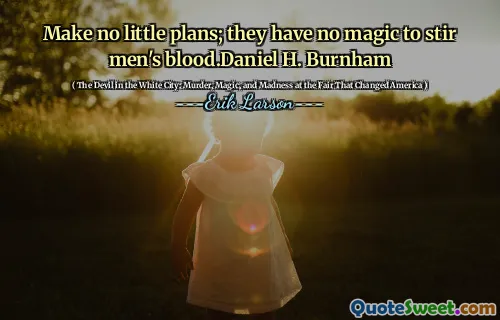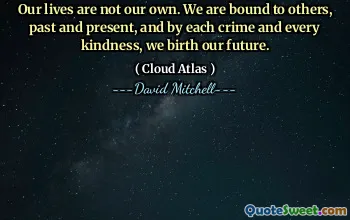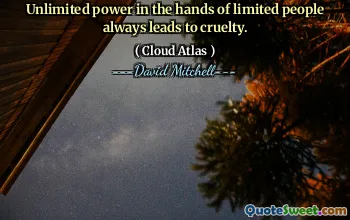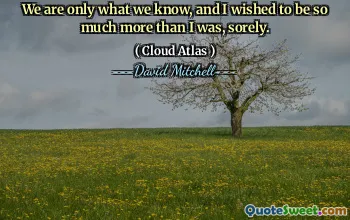He knew that his day was coming to an end. On July 4, 1909, as he stood with friends on the roof of the Reliance Building, looking out over the city he adored, he said, You'll see it lovely. I never will. But it WILL be lovely.
In Erik Larson's "The Devil in the White City," a poignant moment unfolds on July 4, 1909, as a man reflects on his impending demise. He stands with friends on the Reliance Building's rooftop, gazing over the city he cherishes. Acknowledging his fate, he expresses a bittersweet hope for the city's beauty that he knows he will not experience again.
This scene encapsulates both a sense of loss and an appreciation for the future. The man's statement, "You'll see it lovely. I never will," resonates deeply, highlighting the tension between the present and the promise of what is to come. It reflects a universal theme of longing for a future that remains unattainable, yet still believing in its potential for beauty.






